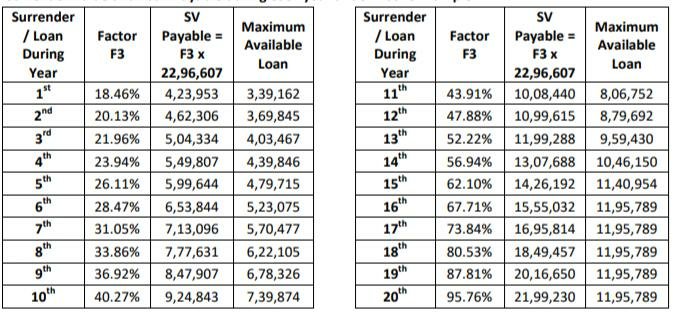Loan facility of JEEVAN SHANTI POLICY will be available after completion of one policy year and will be available under the following
annuity options only:
a) Immediate Annuity:
i. Option F – Immediate Annuity with return of Purchase Price
ii. Option J – Joint Life Annuity with 100% Annuity to last survivor and return of Purchase price.
b) Deferred annuity–
i. Option 1: Deferred annuity for Single life.
ii. Option 2: Deferred annuity for Joint life.
Under Deferred Annuity during Deferment period:
Maximum amount of loan available will be such that the annual interest amount payable on loan shall not
increase 50% of the annual annuity amount payable under the policy after deferment period and shall be
subject to maximum 80% of Surrender Value.
Loan interest during deferment period shall be paid on compounding half yearly basis.
In case loan is not repaid during the deferment period and if there is no default in interest payment as at
end of deferment period, then interest on loan shall be recovered from the annuity amount payable after the deferment period.
In case loan is not repaid during the deferment period and there is a default in interest payment as at end
of deferment period, the difference of surrender value and loan outstanding along with interest shall be
payable to Primary / Secondary annuitant and policy shall be terminated.
During the deferment period, if interest is not paid on due dates and when the outstanding loan amount
along with interest exceeds the surrender value, the policy shall be forfeited and difference of surrender
value and loan outstanding along interest shall be payable to Primary / Secondary annuitant and policy
shall be terminated.
Example:
Age at Entry: 45 years,
Purchase Price – 10,00,000, Deferment Period – 20 years.
Annual Annuity Payable – 2,27,200, Loan Interest rate – 9.50%
Calculate Loan amount during 4th Year of policy:
50% of Annuity – 2,27,200 / 2 = 1,13,600
Loan Amount = 50% of annuity x 100 / Loan interest rate
= 1,13,600 x 100 / 9.50
= 11,95,789
Surrender Value During 4th year of Policy: 5,49,807
Loan Amount will be restricted to 80% of SV i.e. 80% of 5,49,807 = 4,39,846.
Under Immediate Annuity and Deferred Annuity after Deferment Period:
Maximum amount of loan available will be such that the annual interest amount payable on loan shall not
increase 50% of the annual annuity amount payable under the policy and shall be subject to maximum
80% of Surrender Value.
Loan interest will be recovered from the annuity amount payable under the policy.
Loan interest will accrue as per frequency of the annuity payment under the policy and will be due on the due date of annuity.
Outstanding loan amount will be recovered from the claim proceeds at the time of exit.
Example:
Age at Entry Single/Primary annuitant: 45 years, Secondary Annuitant – 35 years.
Purchase Price – 10,00,000, Deferment Period – 20 years, Loan Interest rate – 9.50%
Calculate Loan amount during 4th Year of policy under:
a) Under Option F of Immediate Annuity and
b) Option 2 of Deferred Annuity
a) Under Option F of Immediate Annuity:
Annuity Payable Per Annum = 65,400
50% of Annuity – 65,400 / 2 = 32,700
Loan Amount = 50% of annuity x 100 / Loan interest rate
= 32,700 x 100 /9.5
= 3,44,210
Surrender Value During 4th year of Policy: 7,48,488
80% of SV = 0.80 x 7,48,488 = 5,98,790
Maximum Available Loan will be = 3,44,210.
b) Under option 2 of Deferred Annuity:
Annuity Payable Per Annum = 2,27,200
50% of Annuity – 2,27,200 / 2 = 1,13,600
Loan Amount = 50% of annuity x 100 / Loan interest rate
= 1,13,600 x 100 /9.5
= 11,95,789
Surrender Value During 4th
year after Vesting: 22,52,448
80% of SV = 0.80 x 22,52,448 = 18,01,958
Maximum Available Loan will be = 11,95,789.

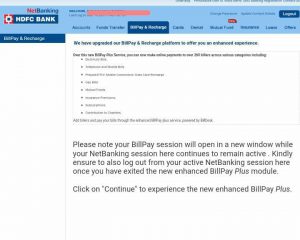
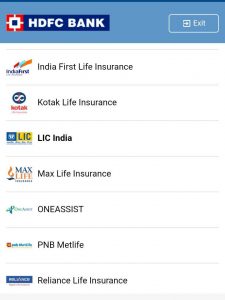

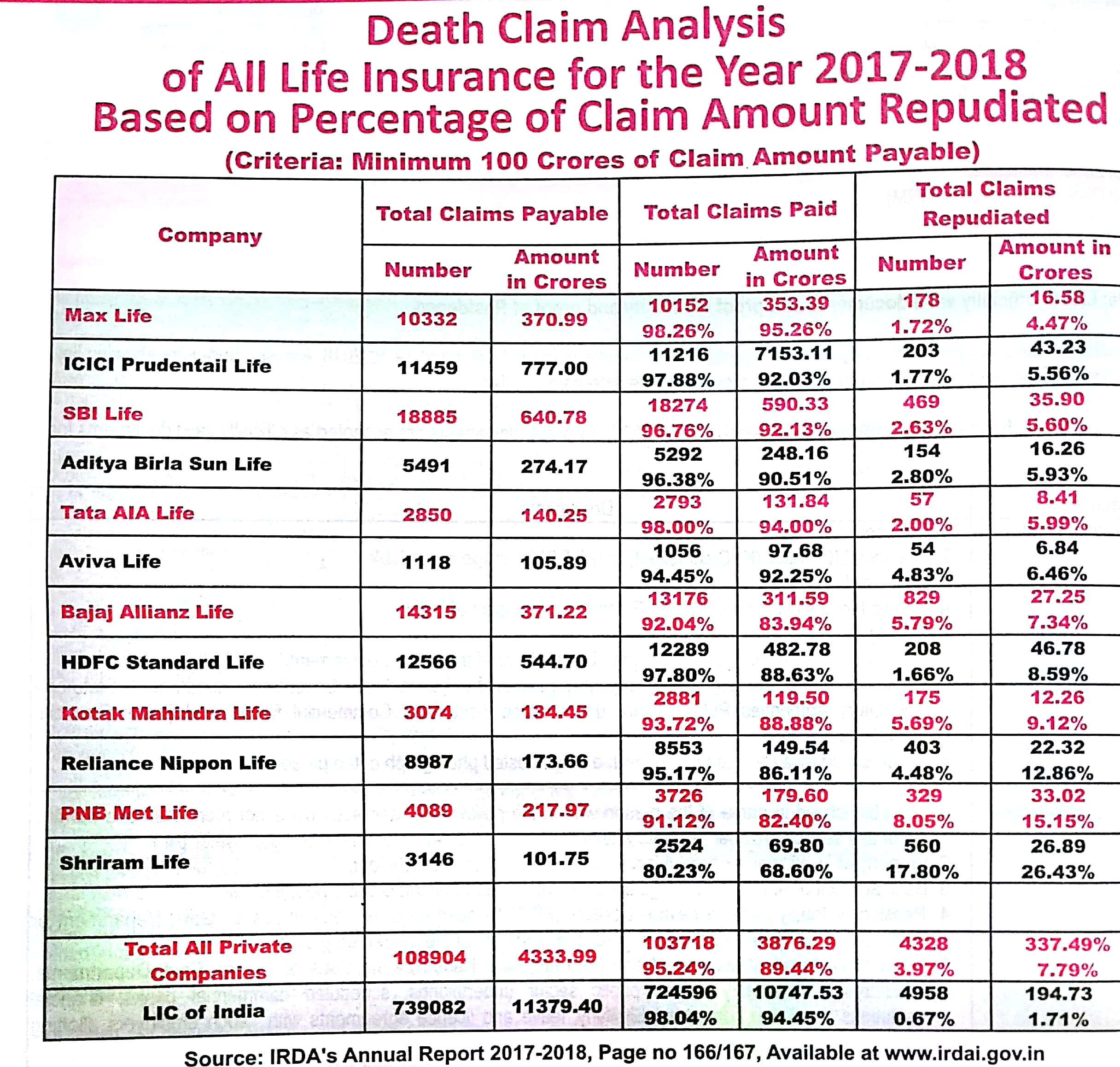


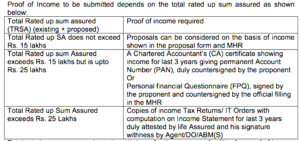
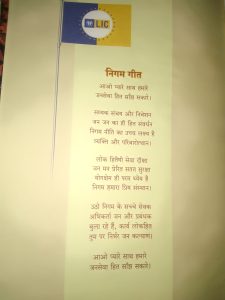

 1. Jeevan shanti policy can be surrendered at any time after three months from the Date of issuance of policy or after expiry of the free-look period, whichever is later.
1. Jeevan shanti policy can be surrendered at any time after three months from the Date of issuance of policy or after expiry of the free-look period, whichever is later.